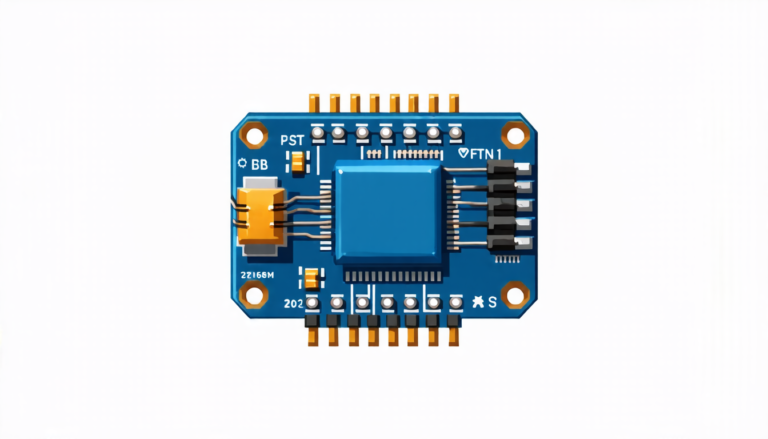Monday 25 August 2025
Researchers have made significant strides in developing a new approach to semantic segmentation, a crucial task in computer vision that involves identifying and categorizing objects within images. The breakthrough comes courtesy of a novel framework called FreeCP, designed specifically for open-vocabulary semantic segmentation (OVSS).
In traditional OVSS tasks, the vocabulary is fixed and limited, meaning that the model can only recognize a predetermined set of classes. However, real-world scenarios often require recognizing an infinite number of classes, making it essential to develop models that can adapt to new classes on the fly.
FreeCP addresses this challenge by introducing a novel training-free class purification framework. Unlike traditional approaches that rely on large datasets and extensive training, FreeCP focuses on purifying semantic categories and rectifying errors caused by redundancy and ambiguity.
The framework leverages pre-trained vision-language models, such as CLIP, which have demonstrated impressive transferability in recognizing novel classes. By combining these models with a carefully designed purification mechanism, FreeCP is able to produce accurate segmentation predictions without requiring additional training data.
One of the key innovations behind FreeCP lies in its ability to address two major issues plaguing traditional OVSS approaches: class redundancy and visual-language ambiguity. Class redundancy occurs when multiple categories are not present in the current test image, leading to suboptimal class activation maps. Visual-language ambiguity arises from semantic similarities among categories, creating confusion in class activation.
FreeCP tackles these challenges by introducing a purification mechanism that refines class representations and reduces errors caused by redundancy and ambiguity. This is achieved through a series of carefully designed operations, including prototype generation, affinity refinement, and final segmentation prediction.
The results of the study are impressive, with FreeCP demonstrating significant boosts in segmentation performance when combined with other OVSS methods. The framework’s ability to adapt to new classes on the fly makes it an attractive solution for real-world applications where object recognition is crucial.
While there is still much work to be done in refining the FreeCP framework, this breakthrough has significant implications for the field of computer vision and its many applications. By enabling models to recognize an infinite number of classes without requiring extensive training data, FreeCP paves the way for more accurate and flexible semantic segmentation solutions.
Cite this article: “FreeCP: A Novel Framework for Open-Vocabulary Semantic Segmentation”, The Science Archive, 2025.
Computer Vision, Semantic Segmentation, Open-Vocabulary Semantic Segmentation, Freecp, Class Purification, Clip, Transfer Learning, Prototype Generation, Affinity Refinement, Object Recognition







